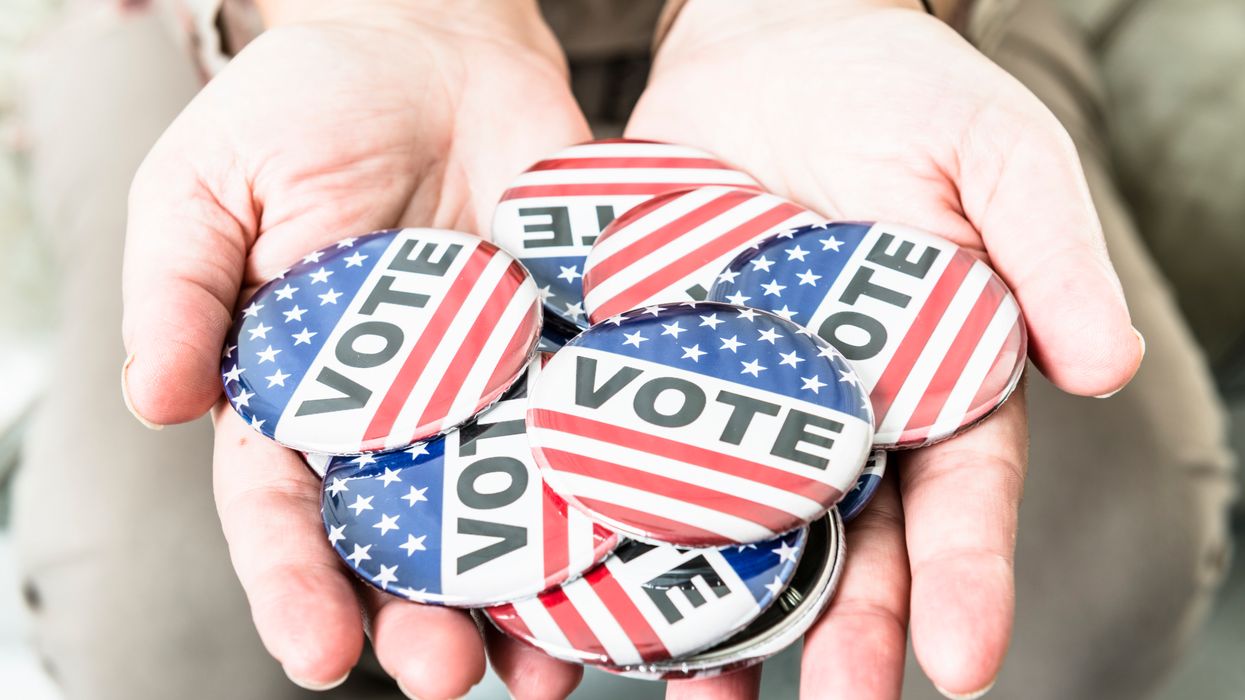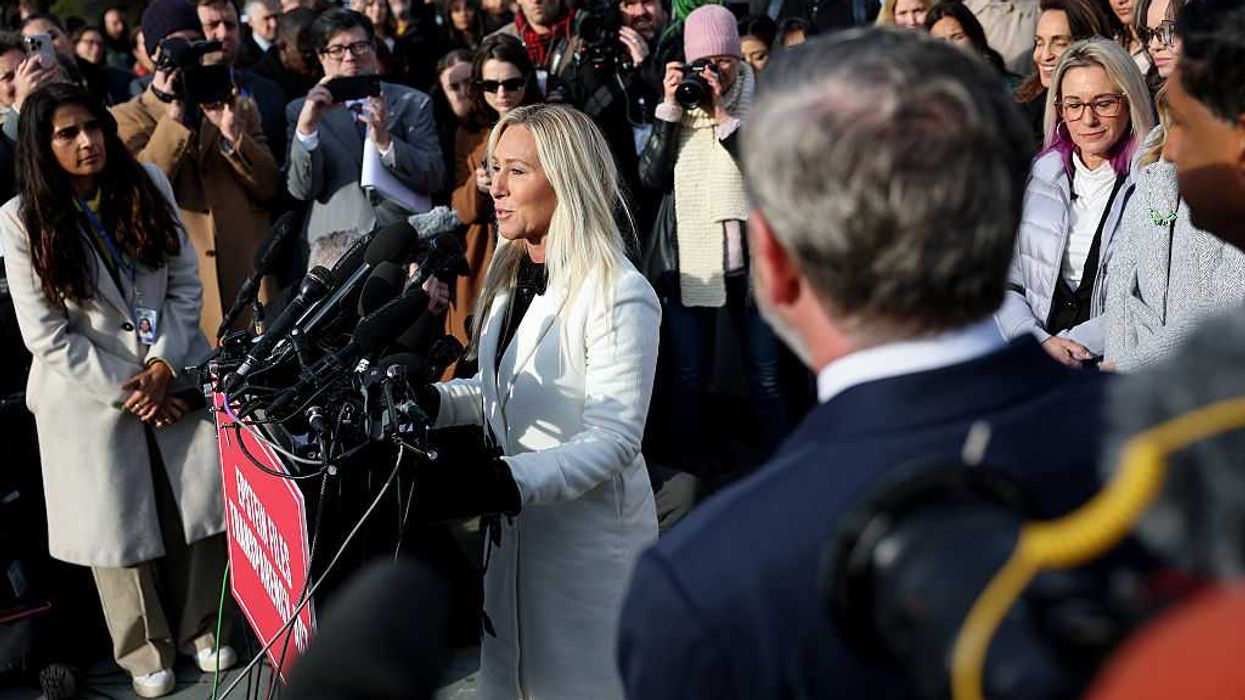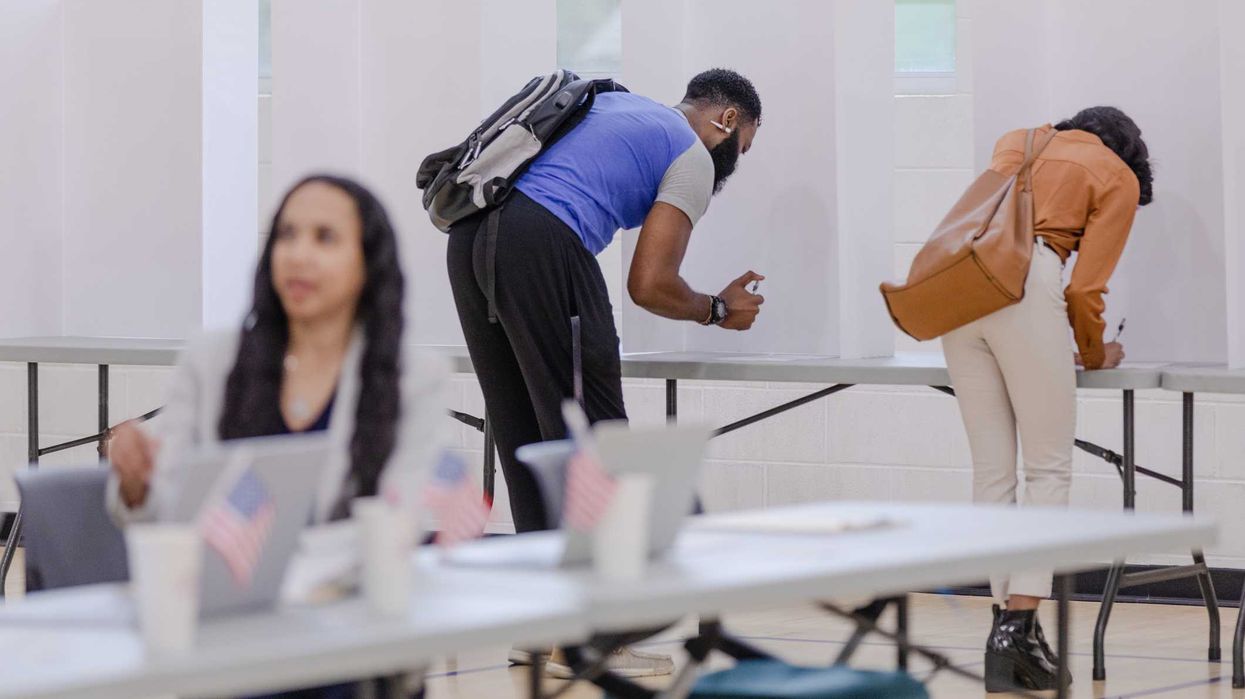Overing is a senior at the University of California, Berkeley, and a chapter development consultant for Bridge USA, a national student-run organization seeking to depolarize college campuses and increase youth civic engagement.
Support for alternative forms of voting appears to be growing in response to increasing dissatisfaction with elected officials at the local, state and federal levels. With many municipalities considering new election procedures, Americans should investigate the various methods and the effects each has on potential election outcomes.
Plurality voting and ranked-choice voting are the most discussed options.
The most popular and widespread model, plurality voting, is the status quo used for the majority of elections. It allows voters to choose the one candidate they think best represents their interests, and the candidate with the most votes wins. It's straightforward, relatively easy to implement and common sense. It ensures every vote counts equally.
Despite its simplicity, plurality voting has downsides. It greatly privileges those who control the means of disseminating information about each candidate.The news media and social media giants can skew their sites to favor, or report more negatively, on one candidate. Additionally, better-funded campaigns can spread their message farther.
The most obvious disadvantage to plurality voting is the reduction of most contests to two viable candidates, at most. The Republicans and Democrats want only one nominee for the general election, since sending an additional candidate would likely cause the party to split its votes and assure victory for the other side. Many voters also avoid third-party candidates since they aren't perceived as viable.
And so, plurality voting encourages a winner-takes-all model that eliminates otherwise viable candidates from the election, discouraging parties from nominating more than one person and discouraging voters from choosing other candidates.
Ranked-choice voting has emerged as an attractive alternative to the current system. RCV has gained significant traction, replacing plurality voting for elections in a couple dozen cities across the country and throughout Maine.
RCV attempts to address the reductive effects of plurality voting by allowing voters to rank the available candidates from best to worst. When ballots are tallied, the candidate with the least number of first-choice votes is removed, votes for that candidate are reallocated to whoever the voter ranked second, and this process continues until one candidate is undeniably on top.
This design, then, removes the constraints that force a choice between two candidates. Voters can vote for a third party or un-nominated candidate comfortably, since their votes will be redirected to a preferred establishment candidate if their first choice is defeated.
Just like plurality voting, however, RCV does not come without issues. It can cause a phenomenon known as ballot exhaustion, in which voters effectively lose their vote once their ranked candidates all fall out of the running. Ballot exhaustion creates a dangerous scenario in which the winner might not receive a majority of votes.
In effect, voters who didn't include the last remaining candidates don't get a say. They don't get a vote. This dilemma can only be alleviated by having voters rank every candidate. While this approach might work in local elections, exporting it to the state and federal levels (in which the number of candidates expands significantly) would be daunting.
Even the plurality voting system limits how many candidates can be on a ballot, and with good reason. Not only would functional limitations of the ballot's size restrain the number who can actually be listed, but also inundating constituents with options can decrease civic engagement. Whereas voters can be expected to read through policy positions of two or three candidates, doing so for many more would be unrealistic.
As a result, RCV might increase the diversity of candidates voters feel comfortable with — but it does so at the cost of potentially disenfranchising voters or disincentivizing civic engagement. On the other hand, plurality voting is simple to understand and ensures every vote counts. Still, it does so while creating the opportunity for undue influence in elections and restricting the number of viable choices.
And so, while plurality voting is proven to work and RCV has shown promise, neither is without bad side effects. A potential solution might be a middle-ground approach, in which the different methods are used for different scales of elections.
Take Alaska, Hawaii, Kansas and Wyoming as an example. While they used RCV for their presidential nominating contests this spring, all will use plurality voting in the fall. The Democratic Party can therefore ameliorate voter concerns over choosing less popular candidates while retaining its unified front in the general.
Ordinarily, RCV in this limited use would still bring concerns of ballot exhaustion and inundation of candidates. However, ranked-choice partisan primaries can avoid these pitfalls. Primaries generally have a manageable number of candidates so every potential nominee can get ranked. The number of issues for voters to parse is limited to items on the party platform and, since those are issues primary voters are likely to be familiar with, smaller differences among candidates will get noticed even though they would seem irrelevant in a general election. And parties don't have to worry about cannibalizing votes from their own candidates.
This solution isn't perfect, but it might alleviate some of the public trust issues with our democracy. Whatever the case, though, citizens should think carefully about changes to voting. Adjustments that might appear beneficial on face can still produce undesirable consequences.



















